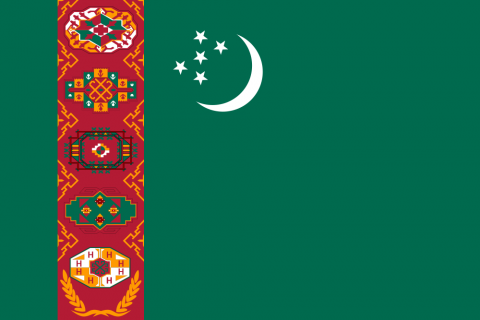Turkmenistan


Turkmenistan
Capital: Ashgabat
Population: 5,113,040
Languages: Turkmen, Russian
The historical home of the Seljuk Empire, famed throughout the ancient Muslim world for the city of Merv, and one of the leading intellectual and religious centers of its time, Turkmenistan today is a sparsely populated and poorly known country. Occupied by the Russian Army between 1869 and 1885, Turkmenistan was incorporated into the USSR after the Bolshevik Revolution in 1917 and became a full Soviet Republic in 1924. While extensive natural gas and oil reserves were discovered in Turkmenistan during the Soviet period, more attention was paid during the twentieth century to the potential for Turkmen cotton, with one of the world’s longest canals, the Kara Kum Canal, stretching 1100 kilometers across the desert from the Amu Darya river to provide water to otherwise parched fields. After finding itself independent upon the collapse of the USSR in 1991, Turkmenistan has focused a great deal of its efforts on the development of its energy resources. Today, it is one of the world’s largest producers of natural gas, exporting primarily to Russia, Iran, and China. Often considered one of the world’s least accessible nations, Turkmenistan’s political establishment has, in recent years, made minor moves towards increased transparency, but the country remains by and large closed to outside influence.


